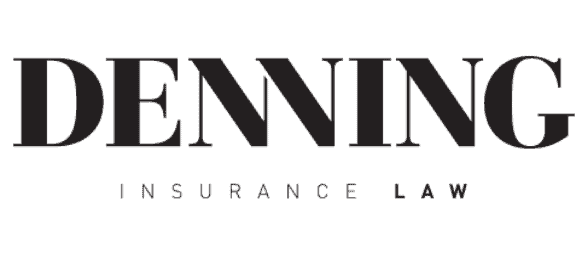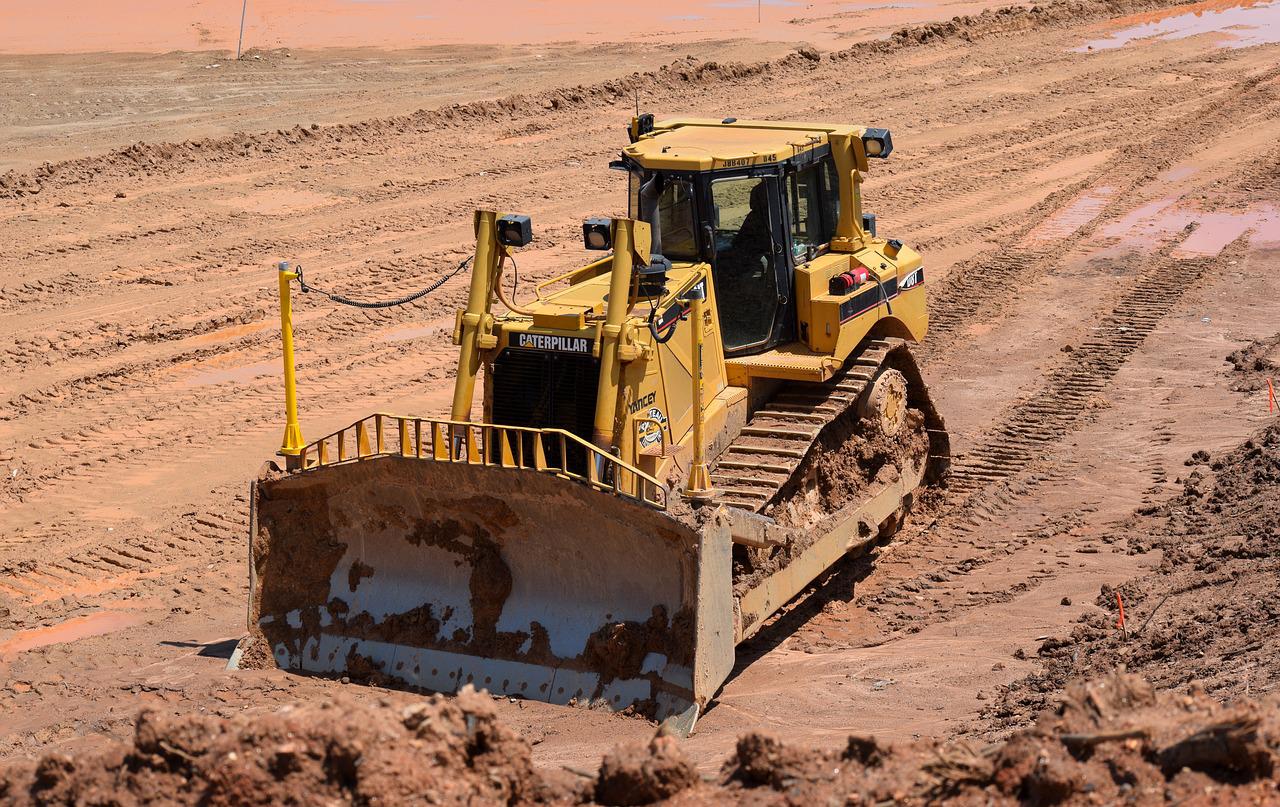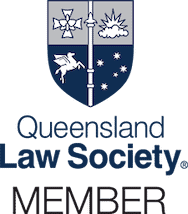Parkes v Mt Owen Pty Ltd & Anor [2022] NSWSC 909
The Plaintiff (Mr Parkes) claimed damages for work related injuries suffered at the Glendale Coal Mine (the Mine) in the Hunter Valley. The Plaintiff was employed by Titan Technicians Enterprises Pty Ltd (Titan). Titan was in the business of providing mining services including labour hire.
The Plaintiff commenced proceedings against Titan and Mt Owen Pty Ltd (Mt Owen), the proprietor and occupier of the mine.
Titan brought a cross-claim against Mt Owen seeking statutory contribution under section 5 of the Law Reform (Miscellaneous Provisions) Act 1946 (NSW) and for statutory indemnity under section 151Z(1)(d) of the Workers Compensation Act 1987 (NSW). Titan’s argument was that the employment of a responsible labour hire worker (Mr Kemp) employed by Titan was transferred to Mt Owen pro hac vice (for this occasion only).
The Facts
The Plaintiff was working as part of a nightshift crew at the Mine on 29 July 2017. Under the supervision of a Mt Owen supervisor, Mr Wallace, the crew were directed to carry out a scheduled 1000-hour service on a Caterpillar D10 bulldozer.
Apart from the supervisor, all members of the crew were tradesmen employed by Titan.
The crew were engaged in the task of “live testing”. Live testing involved crew taking a sample of hydraulic or engine oil through an inspection port, while the bulldozer’s motor was running. Mr Kemp was appointed by Mr Wallace as the person in charge of the operation.
To obtain the sample, the Plaintiff stood on a grouser plate of the right-hand dozer track. From the vantage point in the cab, Mr Kemp ought to have been able to see the Plaintiff. In what was thought to be an attempt to speed up the process of obtaining the sample, Mr Kemp proceeded to operate the equipment in a way which caused the track on which the Plaintiff was standing to “flick up” crushing his leg between the elevated tack and the edge of an inspection platform.
Mt Owen had a risk assessment for mechanical live testing and it identified vehicle interaction with personnel in the commissioning area as a hazard. The controls by the risk assessment required the person in control to:
- communicate an intention to initiate vehicle movement, including implements;
- not initiate movement until all persons were clear of the area.
The Mt Owen Job Safety Analysis (JSA) (initialled by all three (3) crew members present on the task) identified “unplanned movement” as a hazard and required personnel to follow the Mt Owen isolation procedure prior to, and post, live testing.
The Issues
The Court was required to determine the following issues:
- Whether Mt Owen breached a personal duty owed to the Plaintiff.
- Whether Titan breached a duty of care to the Plaintiff, as his employer.
- Whether the Plaintiff was contributorily negligent.
- Who was vicariously liable for the negligence of Mr Kemp.
- How liability should be apportioned.
Liability of Mt Owen (the host employer)
The Court was satisfied that Mt Owen breached its personal duty of care to the Plaintiff. In arriving at this finding, the Court determined that the Mt Owen JSA was deficient in that it should have:
- spelt out the procedure to be followed if it were necessary to operate hydraulically driven implements to obtain a sample in an efficient manner; and
- stated that tradespeople should be beyond the footprint of the bulldozer if implement movement were to occur.
Liability of Titan (the labour hire employer)
Titan was also found negligent. The risks posed to labour hire diesel mechanics in the mining industry should have been foreseeable to Titan and Titan was considered negligent for the same reasons as Mt Owen. The Court observed that in such arrangements, labour hire employers sometimes need to adopt additional measures, by way of warning or training, to discharge their duty to employees.
Negligence of Mr Kemp
Mr Kemp was not called by either defendant to give evidence at the trial. However, there was no real issue that Mr Kemp’s negligence caused the Plaintiff’s injury. The real debate was who should be vicariously liable for Mr Kemp’s negligence.
Contributory negligence
The Court refused to make a finding of contributory negligence on the part of the Plaintiff.
The Court rejected an argument that the Plaintiff was negligent because he sought to obtain the sample whilst standing on the track. In finding for the Plaintiff, it was noted that there was no objection by Mt Owen to tradespeople standing on the track to perform their work, provided that there was no implement movement.
A further argument that the Plaintiff himself initiated the implement movement was also rejected. The Court did not find on the evidence that the Plaintiff requested the initiation of the blade drop manoeuvre which led to his injury. It was noted that Mr Kemp was the person actually in charge of the procedure.
Findings on the pro hac vice principle
The onus was upon Titan to prove that Mr Kemp had become the employee of Mt Owen pro hac vice. The outcome of this point would determine which defendant would be vicariously liable for the conduct of Mr Kemp.
The Court recognised that pro hac vice is to be determined as a question of fact.
In arriving at the determination that Mr Kemp did become the employee of Mt Owen pro hac vice, the Court accepted the following submissions of titan:
- Mr Kemp had been at the Mine for over three (3) years and was described by Mt Owen as “FTE” (full-time equivalent);
- Mt Owen exercised its power and authority over the way Mr Kemp performed the work by requiring him to be trained in Mt Owen’s requirements for the performance of the task, to comply with the JSA, by conferring Mt Owen’s authority on him by appointing him as the person in charge and only Mr Wallace actually supervised the performance of the task on the day;
- Mr Wallace had the authority to intervene if he did not approve of the way in which the work was being done;
- While the work was being performed, there was no difference between the workers hired from Titan and direct employees of Mt Owen;
- After the event, Mt Owen proscribed different methods for performing the task;
- There was no evidence that Titan retained any control how Mr Kemp performed the particular tasks allocated to him at Mt Owen.
Apportionment between tortfeasors
Apportionment of liability between the defendants turned largely upon the outcome of the pro hac vice principle in the case.
Weighing up the causal potency of the negligent acts for which each defendant was responsible and treating Mr Kemp as a separate tortfeasor, the Court apportioned liability as follows:
- as to Mr Kemp, 60%;
- as to Mt Owen, 20%; and
- as to Titan, 20%.
Mt Owen was ordered to contribute towards 80% of the damages and Titan was ordered to contribute towards 20%.
Considerations
A finding that the employment of a worker should be transferred to another entity, such as a host employer, pro hac vice is highly unusual. The matters which weighed in favour of the pro hac vice transfer are not dissimilar to factual scenarios in many claims involving labour hire personnel – particularly in the mining industry.
This judgment will be of interest to labour hire employers, host employers, workers’ compensation insurers and public liability insurers.
Important note
This article is not legal advice. If you require legal advice regarding a public liability or insurance law matter, please contact us on (07) 3067 3025.
To find out more about our experienced team, click here.




